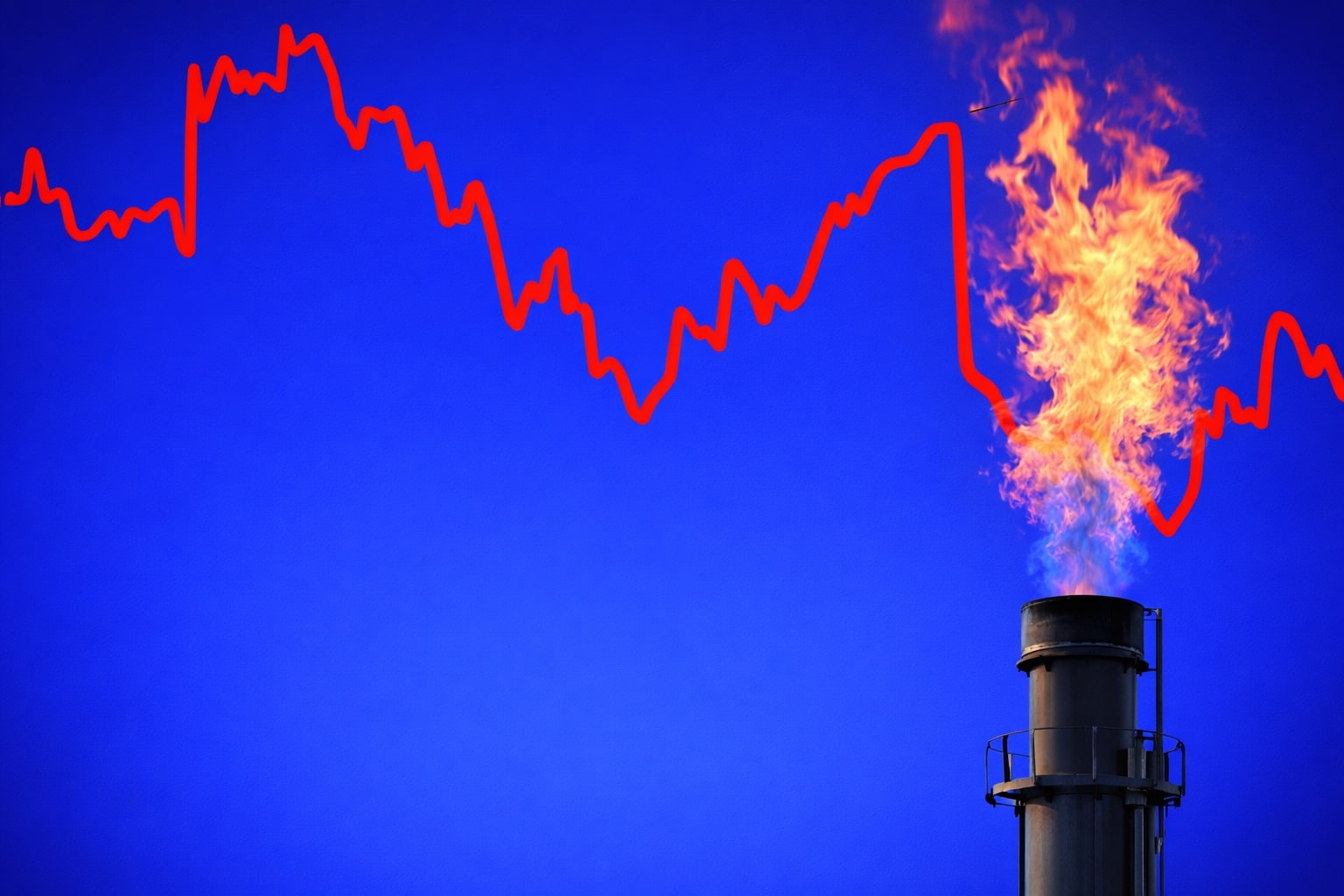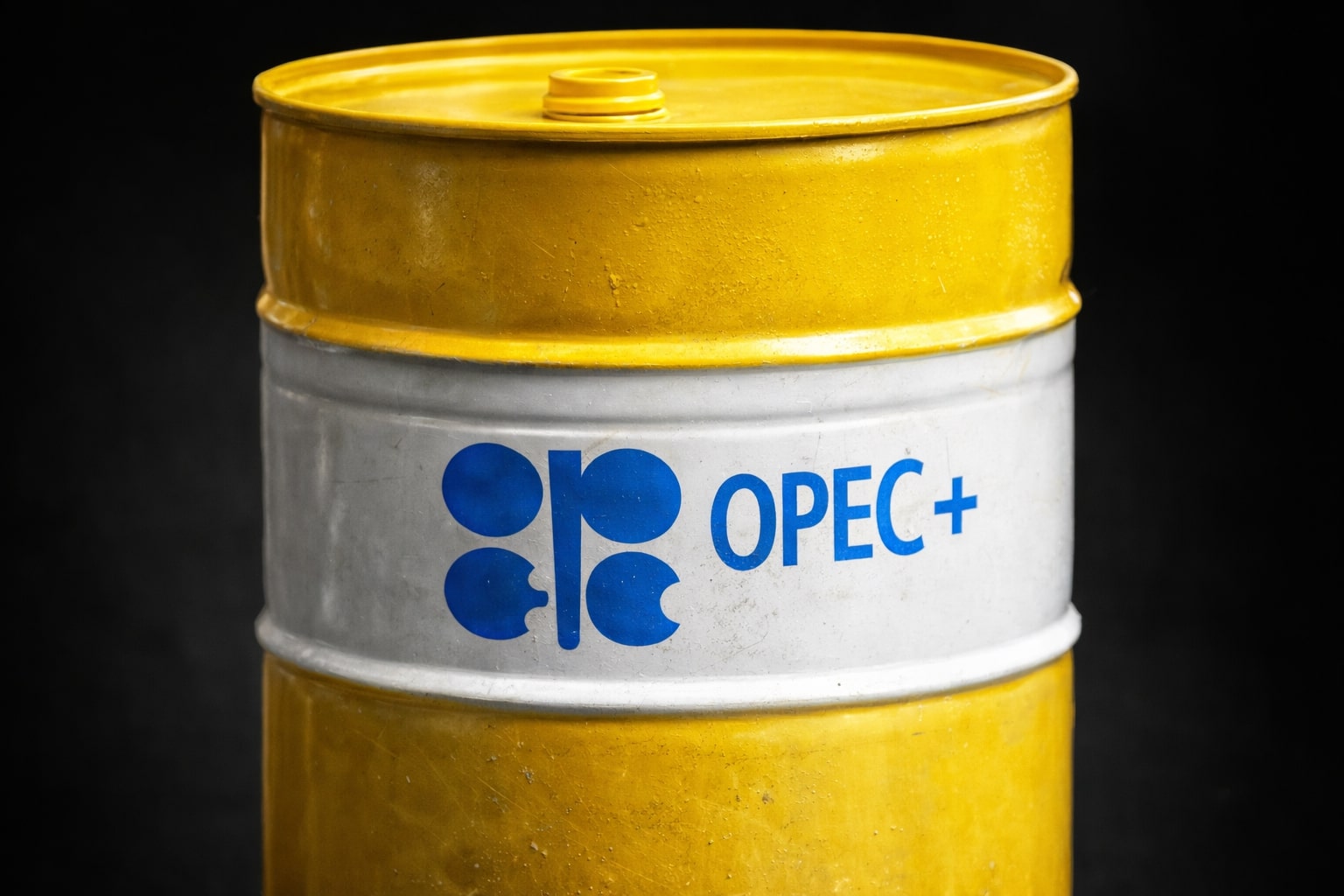
WTI and Brent Crude Crash 12% as OPEC+ Output Surge and Ceasefire Hit Oil Price To Bulls
CL=F and BZ=F under pressure as technicals break down, hedge funds dump positions, and China demand stalls. OPEC+ July 6 meeting holds the next big trigger | That's TradingNEWS
OIL PRICE (CL=F, BZ=F) COLLAPSE DEEPENS AS GEOPOLITICAL PREMIUM EVAPORATES, OPEC+ WEIGHS MORE SUPPLY, AND TECHNICAL LEVELS FACE BEARISH STRESS
WTI And Brent Crude Sink As Middle East Ceasefire Wipes Out Supply Fear Premium
Oil markets were rocked by a sharp correction as Brent (BZ=F) tumbled from a June 23 high of $77.81 to $66.33 by June 27—a 12.6% plunge, its worst week since March 2023. West Texas Intermediate (CL=F) mirrored the drop, sliding to $65.52, with both benchmarks wiping out three weeks of gains. The driver: a ceasefire agreement between Iran and Israel, which immediately removed the geopolitical risk premium that had sent prices surging. After Iran’s limited retaliation to U.S. strikes and U.S.-brokered de-escalation, the closure risk to the Strait of Hormuz—a chokepoint for over 20 million barrels per day—faded fast.
Hedge Funds Dump Energy Stocks At Fastest Pace In 10 Months As Oil Collapses
Oil’s sharp reversal triggered a parallel rout in energy equities. According to Goldman Sachs, hedge funds sold energy stocks at their fastest pace since September 2024, primarily targeting North American and European firms. This wholesale repositioning slashed net long positions across crude oil futures, erasing more than half of the prior three weeks’ bullish buildup. Managed money dumped nearly 95,500 contracts, with Brent futures absorbing the bulk of the liquidation. Sentiment among institutional players turned sharply bearish, amplifying price momentum to the downside.
OPEC+ Eyes 411,000 bpd Output Boost For August As Alliance Splinters Begin To Show
Traders now brace for the July 6 OPEC+ meeting, with the group signaling another production increase of 411,000 barrels per day for August. That would bring cumulative 2024 additions to 1.78 million bpd. Saudi Arabia is pushing to sustain this pace to claw back market share, while Russia has shifted from caution to openness, suggesting it may back the hike if unity holds. Yet with several members already exceeding quotas, enforcement credibility is faltering. Market participants are now questioning whether the group—dubbed the “central bank of oil”—still commands the discipline needed to balance supply.
Brent And WTI Hover Near Technical Cliff As Global Demand Outlook Dims
Technicals remain fragile. Brent is clinging to $67.64, while WTI holds just above the 200-day moving average at $65.15. A decisive break lower could unleash another wave of algorithmic selling. If the market holds, short-covering could drive a rebound toward $67.44–$70, but with macro sentiment deteriorating, upside looks capped. Chinese PMI data came in at 49.7, the third month below the 50 contraction line, confirming that China's demand engine remains sluggish despite tariff rollbacks. This soft backdrop complicates recovery efforts.
U.S. Rig Count Down 47 Y/Y As Shale Patch Lags, But Inventory Draws Offer Temporary Relief
The U.S. active drilling rig count dropped by 47 rigs YoY, with six oil rigs shut last week alone. Despite rising prices earlier this month, producers remain reluctant to invest aggressively. Still, U.S. crude inventory draws and tight middle distillate supply in Asia and Europe are helping temporarily stabilize physical markets. Meanwhile, China’s imports of Iranian crude are accelerating, dampening global spot prices by adding unaccounted barrels to the system.
OPEC+ Internal Divisions Surface As Oil Demand Peaks Questioned
OPEC+ rhetoric remains defiant. Secretary-General Haitham Al Ghais insists global oil demand will rise by 1.3 million bpd annually through 2026, dismissing peak oil theories. But cracks are forming. Eight members are unwinding the 2.2 million bpd in voluntary cuts, and quota-busting behavior has gone largely unchecked. Russia’s Deputy PM confirmed that “no pre-negotiation” has occurred ahead of July 6, signaling a likely volatile meeting outcome. The alliance's cohesion is on the line.
From War Premium to Demand Shoulder Season: Oil Enters New Trading Regime
The market has re-entered a range-trading regime, as described by UBS. A 12-day war had pushed crude near $80, but its end, coupled with seasonally weaker demand, has returned oil to the $60–$68 range. The “shoulder season” now looms, where demand moderates before winter restocking. Without fresh catalysts, prices are unlikely to break higher unless inventory data surprises to the downside or OPEC+ shocks the market with cuts—not additions.
Price Action Signals Bear Market Territory Unless OPEC+ Shifts Course
Technically and structurally, the trend leans bearish. Without intervention, prices risk grinding lower toward $60—a level now cited by multiple analysts including Rystad Energy and MEES. That would represent a 25% retracement from June highs. However, oversold conditions and short positioning set up the potential for a violent short squeeze if OPEC+ surprises with restraint. For now, though, the weight of excess supply and fading geopolitical tension leans heavily against the bulls.
Verdict: CL=F / BZ=F – BEARISH / HOLD Oil markets have lost their war-driven tailwind. With the Strait of Hormuz fully open, OPEC+ expected to boost output, and Chinese demand tepid, the burden of proof lies on the bulls. Until inventories tighten meaningfully or OPEC+ shows discipline, upside is limited. WTI (CL=F) and Brent (BZ=F) are both at risk of revisiting the $60 handle. Caution is warranted as momentum shifts decisively to the downside.
That's TradingNEWS
Read More
-
SPYI ETF at $52.59: 11.7% Yield, 94% ROC and Near S&P 500 Returns
04.01.2026 · TradingNEWS ArchiveStocks
-
XRPI and XRPR Rally as XRP-USD Defends $2.00 on $1.2B XRP ETF Inflows
04.01.2026 · TradingNEWS ArchiveCrypto
-
Natural Gas Price Forecast: NG=F Eyes $4.30 if Storage Draws Tighten
04.01.2026 · TradingNEWS ArchiveCommodities
-
USD/JPY Price Forecast - USDJPY=X at 156.91: 157.75 Breakout Sets 160 Target as Fed Jobs Week Tests The Dollar
04.01.2026 · TradingNEWS ArchiveForex



















